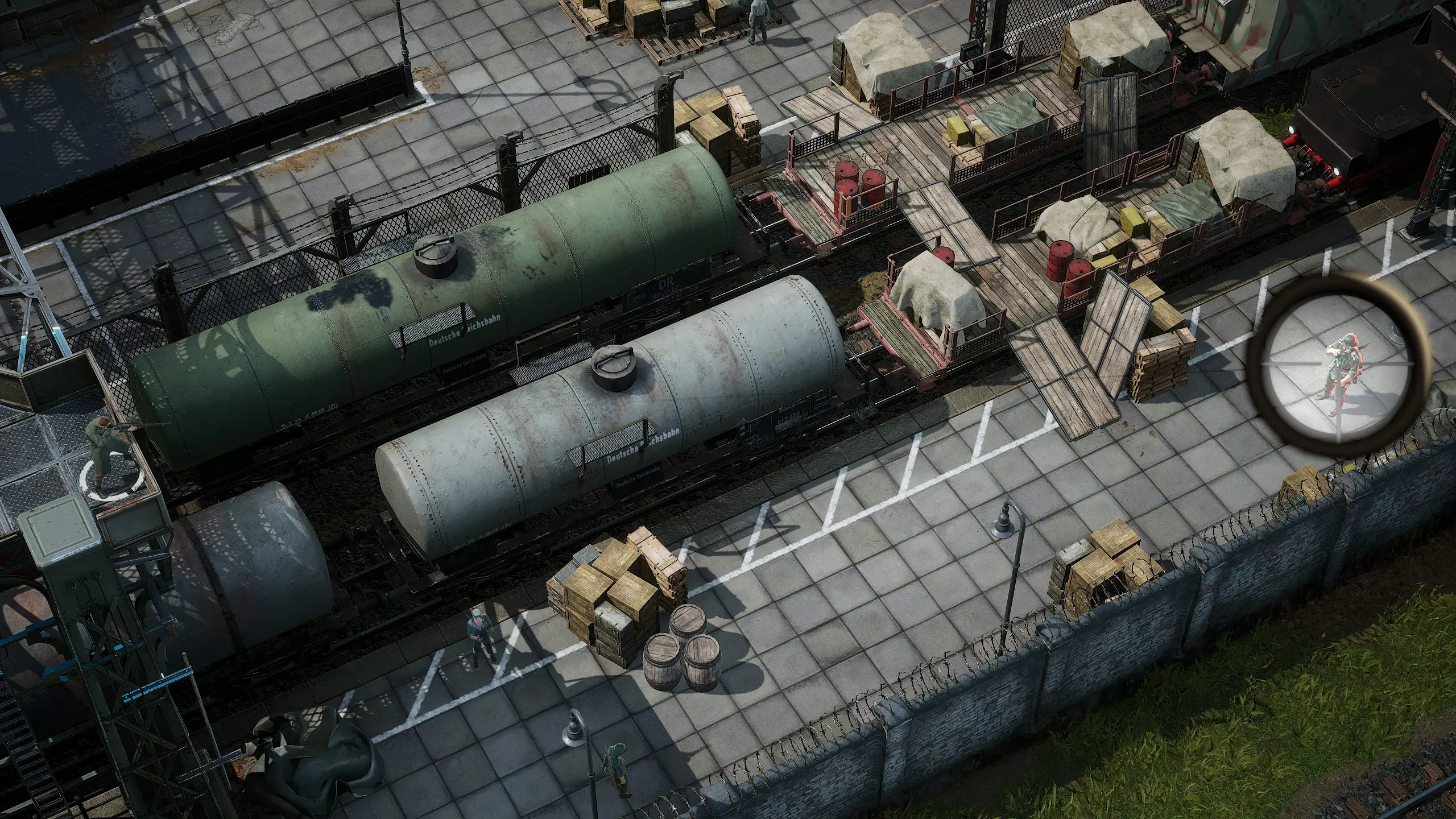Fans of the Commandos series, long accustomed to waiting patiently since Commandos 3, have finally been rewarded. Whether spending years idly reminiscing or imagining themselves hidden in the shadows waiting for the perfect strike, the faithful have a reason to celebrate. Commandos: Origins brings back the signature slow-paced, brain-teasing, and thoroughly satisfying stealth action in top form. Its isometric design remains intact, now accompanied by the most polished presentation the series has ever seen. With close to 60 hours spent progressing through missions and many more potentially awaiting a return to uncover every hidden detail and eliminate every last soldier, it’s clear this entry offers a substantial experience. However, recurring bugs have proven to be the most significant obstacle—some could be avoided with knowledge, while others required clever workarounds.
A Tactical Legacy Reborn
For those unfamiliar with the franchise, Commandos is a foundational name in the real-time tactics genre. Set in World War II, it features a grizzled team of elite operatives sneaking behind enemy lines, with gameplay that hinges on precise mouse-clicking and clever planning. It can be thought of as a strategic war game with the drama of The Ministry of Ungentlemanly Warfare, viewed exclusively from above. Yet, despite lacking the tongue-in-cheek humor or swagger of such war stories, Origins arguably delivers the most refined take on the original concept.
Veterans will find a nostalgic but evolved experience, while newcomers will be introduced to a carefully crafted difficulty curve that gradually ramps up the challenge without being overwhelming.
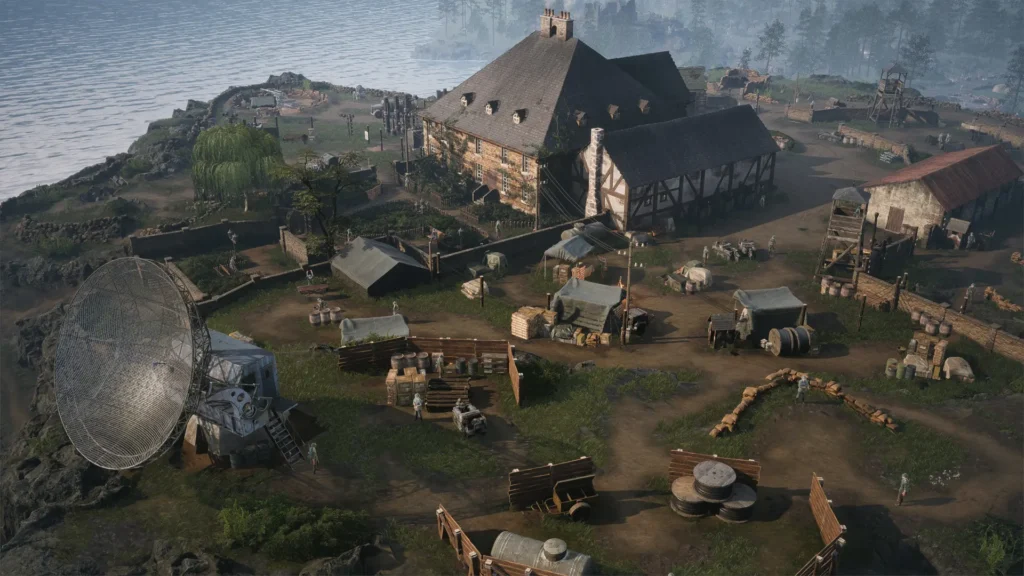
Strategy Meets Puzzle Solving
Like the best entries in the stealth genre, Commandos: Origins thrives as much on tactical depth as it does on environmental problem-solving. Each encounter requires meticulous analysis—studying enemy vision cones, plotting movement routes, and executing silent takedowns without raising the alarm. Hours can be spent motionless, surveying the field like a predator waiting for its prey.
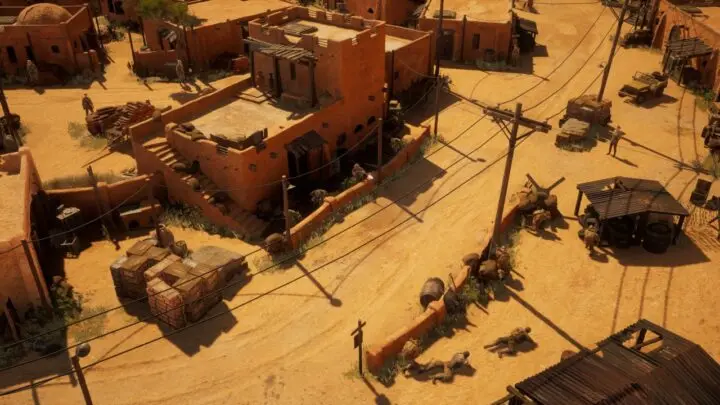
Each of the six operatives brings unique tools and abilities to the table. Missions usually restrict which commandos are deployed, ensuring that each mission is tailored to their particular strengths. Full six-member missions only occur twice, which is somewhat unfortunate, as they are standout moments. Still, the limitation forces diverse tactics, preventing over-reliance on any one character—especially the Marine, whose harpoon and throwing knives might otherwise dominate the experience.
Shedding the Old, Embracing the New
One notable departure from earlier games is the removal of inventory management. While some might miss being able to loot enemy weapons—especially for the Green Beret—the shift places emphasis on thoughtful stealth rather than brute force. This refined design is best exemplified by Command Mode, the game’s crown jewel. Borrowing from other modern strategy titles, this feature allows time to be frozen so that actions can be assigned to each commando. When resumed, all tasks are executed simultaneously. Pulling off these perfectly synchronized maneuvers, from a simple dual takedown to a multi-pronged assault using harpoons and pistols, is immensely satisfying.
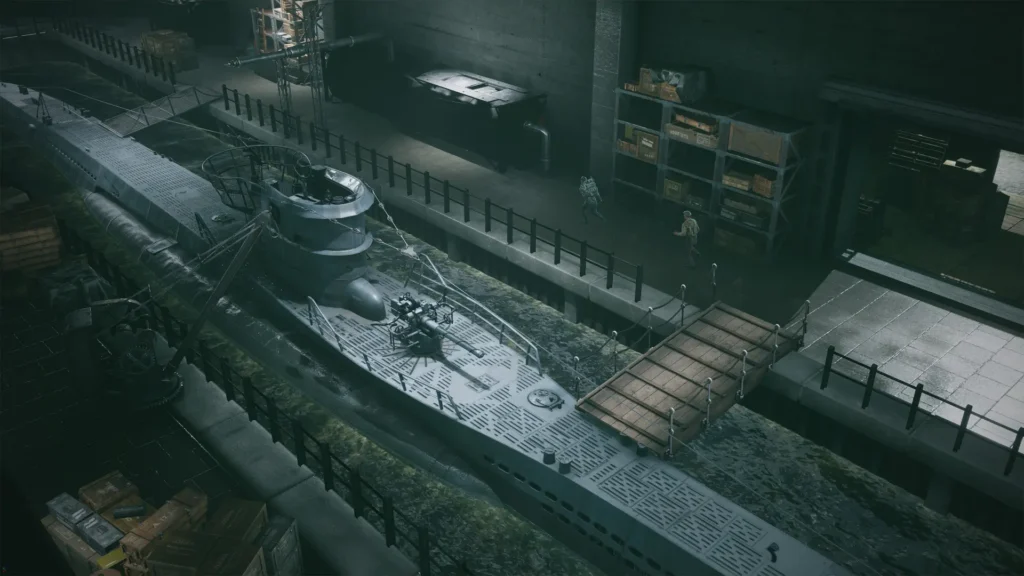
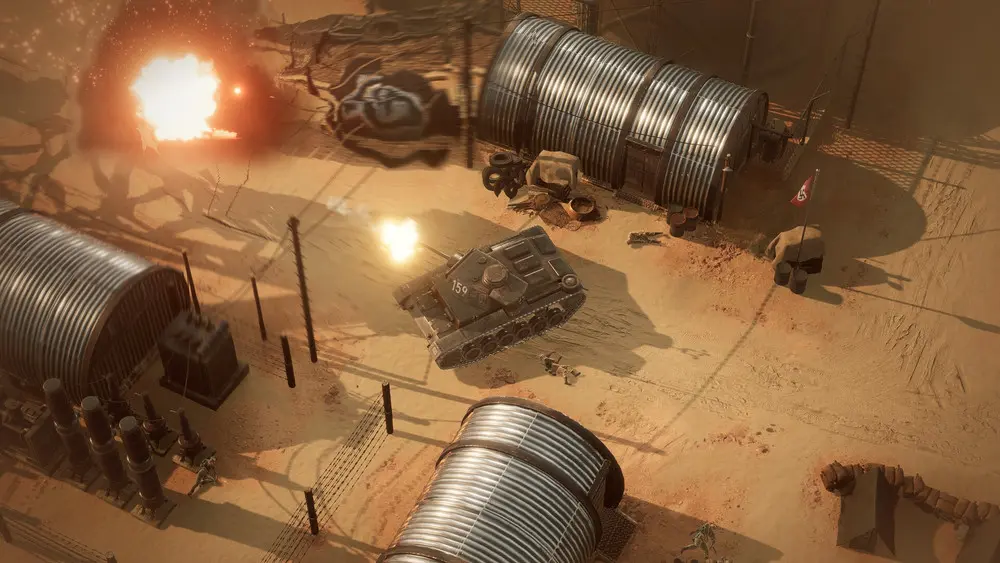
Solving each mission often feels like cracking a multi-layered puzzle. Sometimes enemies are arranged like an unbreakable chain of sight, with each guard watching another’s back. But there’s always a way in—a distraction here, a whistle there. Players must experiment, discovering the optimal approach and unlocking the thrill of clearing an area undetected. Even minor distractions like the Green Beret’s radio or the Driver’s cigarettes can create just enough of a window for success.
Encouraging Exploration and Ingenuity
Opportunities aren’t handed out—they’re hidden throughout each intricately designed map, waiting to be discovered. Often, it’s unclear whether a successful strategy was intentionally planted by the developers or an unintentional exploit, but that ambiguity adds to the sense of clever accomplishment. In one instance, a barely noticeable gap in overlapping vision cones allowed a commando to slip behind enemy lines undetected, triggering a sequence that felt both brilliant and improvised.
This sense of discovery is bolstered by the map design itself. Each level feels like a handcrafted diorama, from snow-covered towns to North African deserts, filled with immense detail. The fully 3D environments allow for smooth camera rotation and the seamless transition in and out of buildings—something the series hasn’t delivered in years. Despite minor performance dips when rotating too quickly, the visual fidelity and layout clarity more than make up for it.
Technical Missteps in an Otherwise Sharp Campaign
While gameplay is deeply rewarding, there are frustrating moments caused by technical misfires. Enemies that appear to be on the same floor but aren’t, traps placed irretrievably, and bullets fired through seemingly solid cover all serve as unwelcome interruptions. There are also navigation glitches where commands are misinterpreted, causing commandos to move into enemy sightlines due to a discrepancy between displayed and actual map levels. Most of these issues can be resolved with slight camera adjustments or quick reloads, but they detract from the immersion.
The Quick Save Lifeline
As is typical in tactical games, the quick save system is both a safety net and a gameplay enabler, allowing for bold experimentation. This feature, however, also introduces its own set of problems. Saving while a commando is climbing can cause them to become trapped in limbo, while loading at the wrong time can result in strange behavior—like a Marine walking on water or a Sapper vanishing entirely from the map.
Thankfully, Origins maintains a sequence of recent saves, usually making it easy to revert to a working state. That said, losing progress due to an unnoticed error and having to restart a mission can be disheartening, especially when that mission has taken over an hour to complete.
AI: Effective but Not Always Intelligent
The enemy AI doesn’t quite reach the sophistication seen in some other modern stealth titles. Once alerts are over, guards tend to ignore fallen comrades rather than investigating further. A more dynamic response—like dragging bodies away—could have added depth. However, what they lack in smarts, they make up for in lethality. Their unpredictability means that even familiar scenarios can surprise. After a reload, they won’t check hiding spots in the same sequence, meaning players must stay flexible and avoid relying on memorized routines.
Final Verdict
Commandos: Origins expertly merges classic stealth gameplay with modern mechanics, crafting a deeply strategic and rewarding experience. The removal of features like inventory management shifts focus toward stealth, where the game truly excels. Each mission plays out like a puzzle box, begging to be solved through creativity and patience. Massive, enemy-filled maps offer hours of tense fun, and nailing a perfectly orchestrated takedown remains endlessly satisfying. Despite persistent bugs, frequent saving and smart planning can bypass most issues. For fans of tactical stealth, this might be the most thrilling way to go commando—fully clothed, but in complete control.
